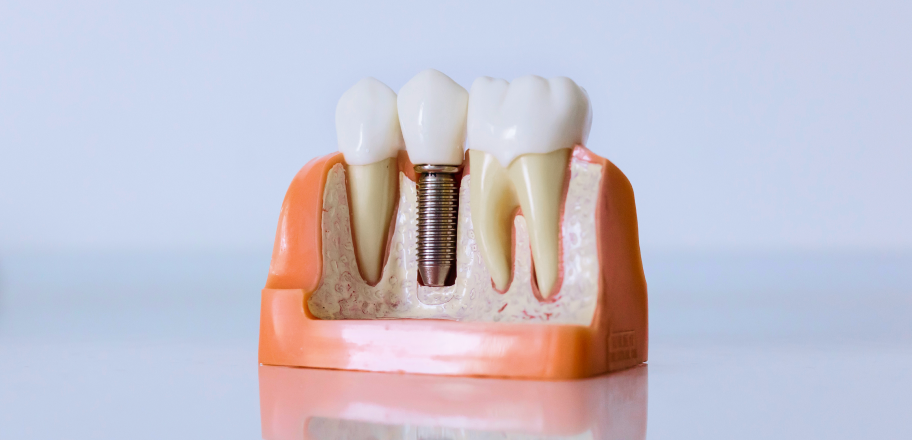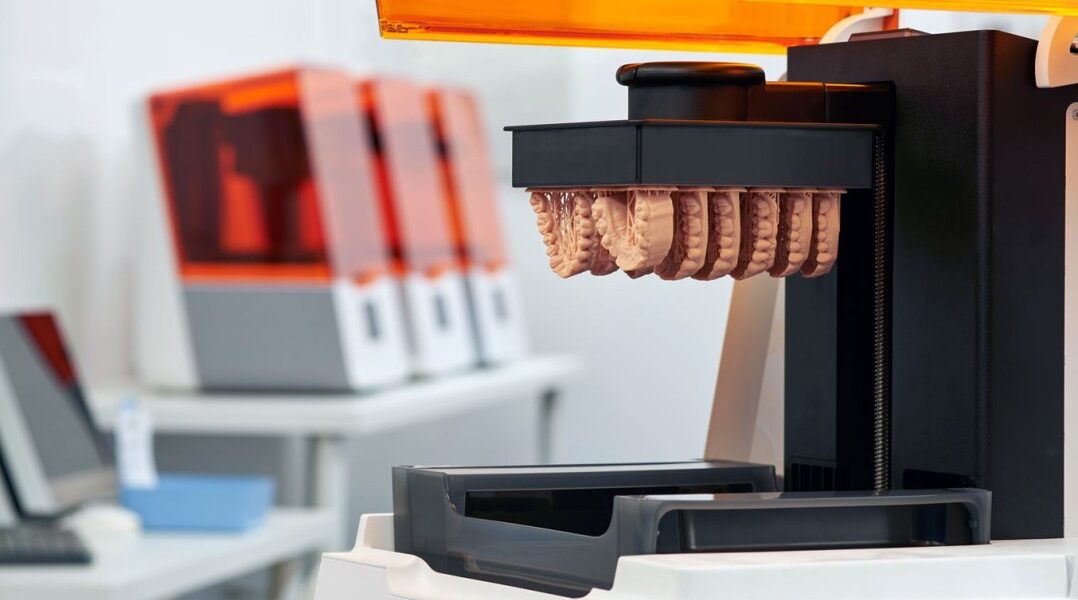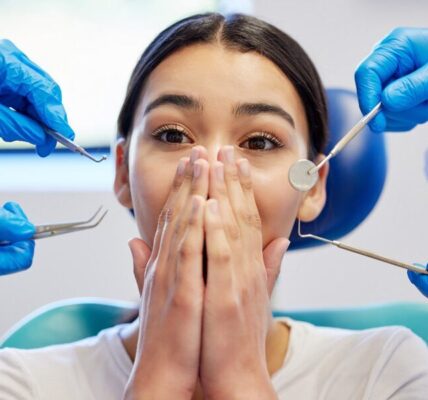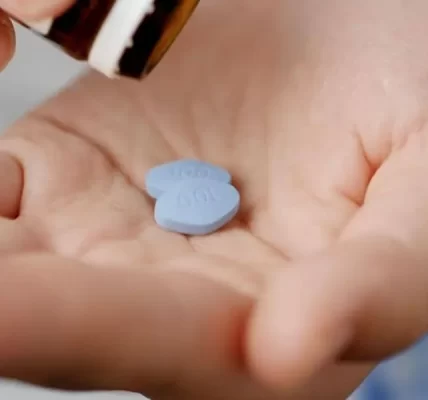3D printed dental models are complex and accurate copies of the structure of the human dentition made out of software, known as computer-aided design, (CAD), and manufacturing technology, called additive manufacturing. It is worth noting that these models are developed from digital impressions meaning the actual oral anatomical structure of a patient is well represented. These models improve the planning and performance of dental procedures in a way that is highly advantageous for dentists in Richmond IN.
In what way does the use of 3D printed models help to increase accuracy in diagnostics?
The first advantage of using 3D-printed dental models is that they offer a better diagnostic resolution than conventional models. On occasion, traditional impressions may create distortions that distort the accurate planning of treatment. While models created through traditional methods cannot mimic the kind of oral environment so closely, 3D printing can. It does this for the purpose of providing dentists with accurate information to help diagnose problems and implement the right treatments required for a particular patient’s condition.
How exactly does the use of the 3D printed models help aid in treatment planning?
3D printed models enhance treatment planning because dentists and other dental practitioners can manipulate the anatomical structures of the patient in a virtual environment. It allows for considering various treatment techniques and choosing the most appropriate strategy before practicing any kind of physical action. For example, when considering orthodontic treatment, and before creating a plan for shifting the teeth in aligners, these models can be helpful in arranging the teeth and comparing possible results. This preemptive analysis saves time and is much more likely to lead to a successful treatment than the opposite.

In what ways does the use of 3D-printed models help with patient education?
A dentist needs to build a good relationship with a patient to be able to successfully address oral health issues patients have. 3D printed dental models are also useful in terms of educational purposes to explain to patients about their dental status, or proposed treatment plans. It is therefore easier for the patient to understand procedures to be conducted in the future due to the physical appearance of dental problems thus creating confidence in the practitioners.
How Do 3D Printed Models Help to Increase the Degree of Accuracy in Operations?
In surgical applications, 3D-printed dental models are of significant importance for bringing more accuracy. These models can be also used by surgeons in specific cases with the possibility of rehearsing further steps before manipulating the patient. To this effect, such preparation enhances the possibilities of success since practitioners are in a position to foretell some of the obstacles that may arise in the course of the practice among residents and fashion strategies to combat them.
Moreover, the ability to create surgical guides through 3D printing as relating to these models entails that surgeries will be well carried out with the corresponding high precision.
What Is a Year From Now for Possessing 3D Printed Dental Models?
Considering the high development rate of technologies it is crucial to envisage the role of 3D-printed dental models for enhancing outcomes. Such activities imply that greater advancements in both the materials used for the creation of dental models as well as in the actual process of printing of these parts may be in the offing as work continues apace – making the efficacy of these body models even more accurate. The combination of artificial intelligence and machine learning in 3D printing can also open possibilities for other more creative solutions in the dental industry.
Conclusion
Dental models created by 3D printing also play a vital role in the diagnosis of dental disorders, planning the range of dental treatment, educating patients, and making surgical interventions more accurate. What makes this technology interesting is that as its further development progresses, there is the possibility to improve the total quality of dental services and thus offer better treatment to the patient.









